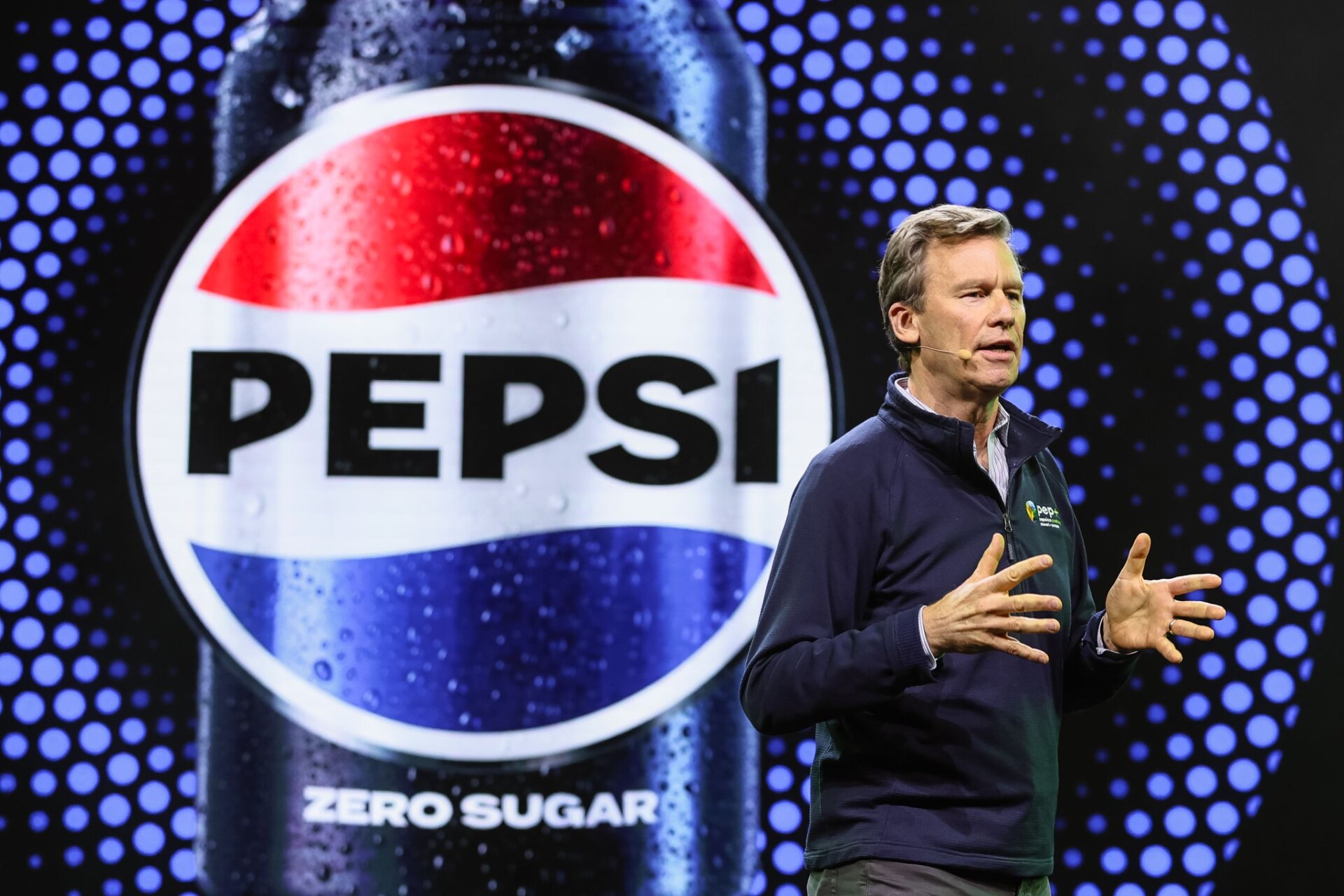The food and beverage giant revised its key environmental goal, extending the deadline for achieving net-zero emissions from 2040 to 2050. The company cited external challenges such as underdeveloped recycling infrastructure, the need to modernize power grids, limited availability of electric vehicles, and shifts in public policy as reasons for the change.

In addition to shifting its carbon neutrality target, PepsiCo revised its Scope 1 and Scope 2 emission reduction goals: cutting the target from 75% by 2030 (based on 2015 levels) to 50% by 2030 (from 2022 levels). The company also adjusted its Scope 3 intermediate targets, which cover emissions across the entire product lifecycle: increasing the reduction goal in the energy and industrial sectors from 40% to 42%, while lowering the target in the forest, land, and agriculture sectors from 40% to 30% by 2030 (from 2022 levels).
“We know it’s important to keep talking about our progress — both our successes and challenges — and the dynamic realities facing our company and industry today,” said Jim Andrew, PepsiCo EVP and CEO of Sustainability.
On packaging, PepsiCo revised its target to reduce the use of primary plastic from non-renewable sources. The goal changed from a 20% reduction by 2030 to an average annual reduction of 2% through 2030. The company also updated its target for recycled plastic use in packaging to reach 40% or more by 2035, down from the previous goal of 50%.
PepsiCo has abandoned the target of achieving 20% returnable beverage sales by 2030. At the same time, the company will continue its re-use efforts as part of its broader ambition to achieve 97% reusable, recyclable or compostable packaging by 2030.
PepsiCo plans to expand its campaign to improve soil health and biodiversity from 7 million to 10 million acres by 2030. The company also maintains its goal to become “water-positive” by 2030, focusing on regions facing severe water crises.
These packaging changes follow a similar move made by Coca-Cola last December.